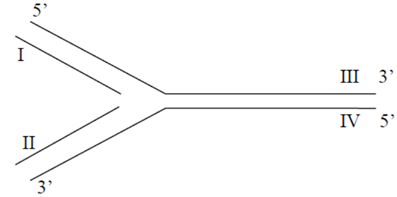TLS Online TPP Program
More Questions
TLS Online TPP Program
#Question id: 15984
#Unit 12. Applied Biology
Which of the following is the incorrect about the plant cell culture?
a) Whole plant is regenerate from a single plant cell
b) Production of secondary metabolites in plant cell culture is reduces by the addition of elicitors.
c) Transgenic plant easy to introduce into the plants than animals
d) Immobilization of plant cells can enhance secondary metabolite production during bioreactor cultivation
TLS Online TPP Program
#Question id: 15985
#Unit 12. Applied Biology
which of the following phytohormones is enhances the immune system of the plant?
TLS Online TPP Program
#Question id: 15986
#Unit 12. Applied Biology
which of the following plant secondary metabolite is involve in protection from the fungal infection?
TLS Online TPP Program
#Question id: 15987
#Unit 12. Applied Biology
Which of the following physical method involve in plant transformation?
TLS Online TPP Program
#Question id: 15988
#Unit 12. Applied Biology
which one is chemically responsible for the plant transformation method?
TLS Online TPP Program
#Question id: 15989
#Unit 12. Applied Biology
Genetically modified plants have also been used for___

